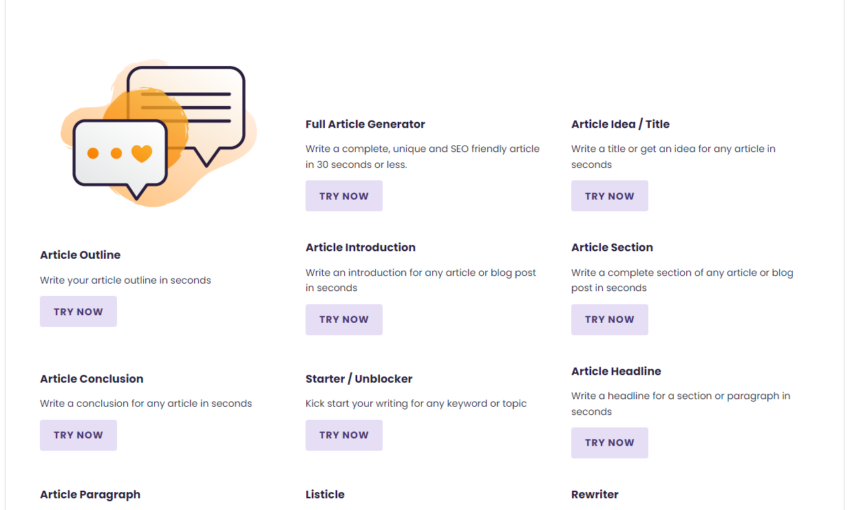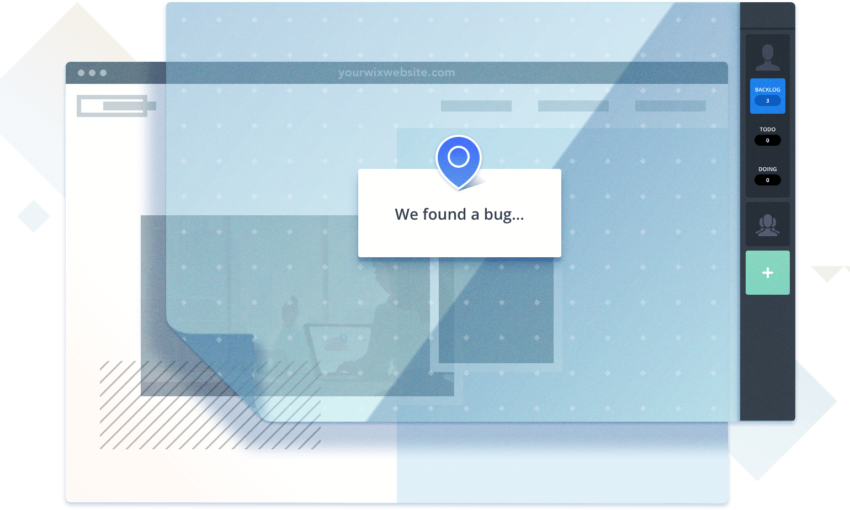Providing awesome customer service should be among the top goals of any freelance web designer. Too often we hear about those who never respond to client requests or are otherwise difficult to deal with. Usually it seems we hear these stories from new clients that have come to us after a “bad experience” with another designer.
Of course, most of us will go out of our way to make a client happy. Even if it means leaving our comfort zone or bending our own rule – we make the best effort that we possibly can.
But as you gain experience, you start to realize that there is an incredibly fine line between pleasing clients and becoming a human doormat. This is when you need to take a step back and assess what, if any, boundaries you have put in place. What, you don’t have boundaries? Well let’s take care of that right here and now.
The Freelance Designer Toolbox
Unlimited Downloads: 500,000+ Web Templates, Icon Sets, Themes & Design Assets
All starting at only $16.50 per month
Knowing Where to Draw the Line
Figuring out which kinds of boundaries you need to put up can be difficult. While you don’t want to be taken advantage of, you also don’t want to come off as either aloof or unwilling to help. To find the right answer, you have to look within yourself.
Boundaries are a very personal thing and chances are that yours won’t be the same as mine. As our personalities are different, so are the “lines in the sand” that we draw. But in general, you’ll want to consider the following scenarios:
Clients Who Expect You to Work Outside of Normal Business Hours
This one is a symptom of the always-connected world we live in. Many businesses now have a culture that permits after-hours communication between team members. Therefore, we’re expected to be ready and available whenever someone needs us. It doesn’t matter if you’re on vacation, at your child’s athletic event or just trying to watch your favorite show.
It’s understandable that not everyone is keen on doing this. In my career, I’ve often responded to non-emergencies after hours and have found that it’s usually something that causes more stress than it’s worth. I end up thinking about whatever subject the client contacted me about and it becomes near impossible to relax.
On the other hand, some people don’t necessarily mind a few quick emails after hours. So it’s up to you to decide how you feel about this kind of expectation. You can either cheerfully reply to messages at the dinner table or you can let it wait until the next business day. A solid compromise might be to reply by saying “Thanks for your note. I’ll get back to you on this first thing tomorrow”. If a client can’t accept that you have a life outside of work, then too bad for them.

Clients Who Keep Changing Their Mind
We’ve all dealt with clients who flip-flop on various parts of the web design process. Maybe they keep switching colors, suggesting different fonts or even layouts. It can be maddening to a designer who is on a tight deadline or juggling multiple projects.
Some of this can be classified as just the normal back-and-forth of a project. But there can come a point where you are repeatedly asked to change the same thing over and over again. This can be especially frustrating when it comes to the more complex parts of a website.
One of the toughest things I’ve dealt with in this area are times when a client has asked for some sort of functionality that requires a lot of research and development – only to trash it afterwards. It can feel like a colossal waste of time.
The best solution here is to set your limits in writing. Somewhere in your contract, mention that you’re happy to make revisions. But also note that repeated or lengthy changes may lead to extra costs. It may not completely save your sanity, but could provide you with some extra cash for your trouble.

Incessant Phone Calls or Emails
There are times when clients will need to reach out to you and you should welcome them to do so. But like anything else, there are some people who will take advantage of your willingness to help. All of the sudden you’re being asked advice on things that are at best vaguely related to their website. Or maybe they assume you’re excited to have them bounce every idea in their head off of you while getting some free access to your expertise.
This puts you in a bit of a no-win situation. You certainly don’t want to continue to provide this person with unlimited free support regarding their poodle’s skin condition. But it’s not particularly easy to say something without causing offense.
Personally, confrontation isn’t my thing. So I look for alternatives whenever possible. I don’t typically recommend this type of behavior, but here it goes. If the calls or messages really are too much and often unrelated to your business relationship with a client – let them sit for awhile. Let your phone go to voicemail and allow emails to sit in your inbox for at least a few hours.
When you do finally get back to them, tell them that you’re sorry for the delayed response and that you’ve been incredibly busy. If you’re not available the minute they have a thought in their head, they might just forget the whole thing. If they still won’t leave you alone, then it might be time to be a little more firm in your response.

Chronically Late Payers
Ah, there’s nothing like the feeling of hustling to get a client’s “must-have” request done in record time and then waiting six months to be paid. Perhaps there’s no other situation that will make a freelancer feel more used and unappreciated.
This may also be the easiest of all boundaries to set. If a client is consistently behind in paying, they are not worth rushing around for. When you run into someone who is always hard to get a hold of when it’s time to pay an invoice, tell them that you can’t spend your time working on projects that you may not receive payment for.
Better yet, add a clause to your contracts that specifies late fees or even a refusal of service if a client is several months behind. If someone’s not paying you, why deal with them at all?

It’s Up to You
The thing about setting boundaries is that you have to be the one to both enact and enforce them. Because, while you can declare that you won’t stand for certain client behavior, it doesn’t mean much if you don’t actually follow through. It’s tough to do, but also quite necessary.
The more your business grows, the more you’ll need to stand up for yourself and your interests. Do it now, before it’s too late!
This post may contain affiliate links. See our disclosure about affiliate links here.




